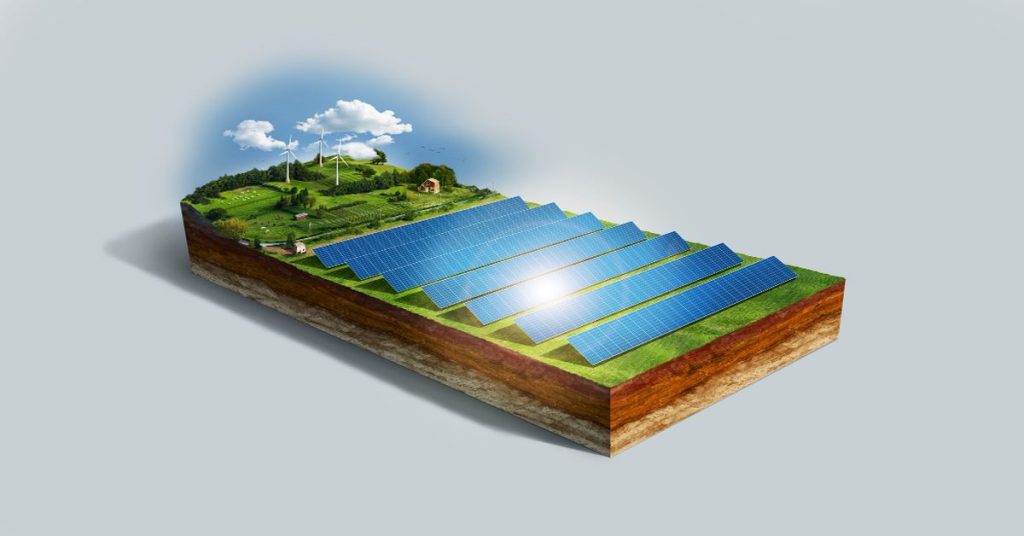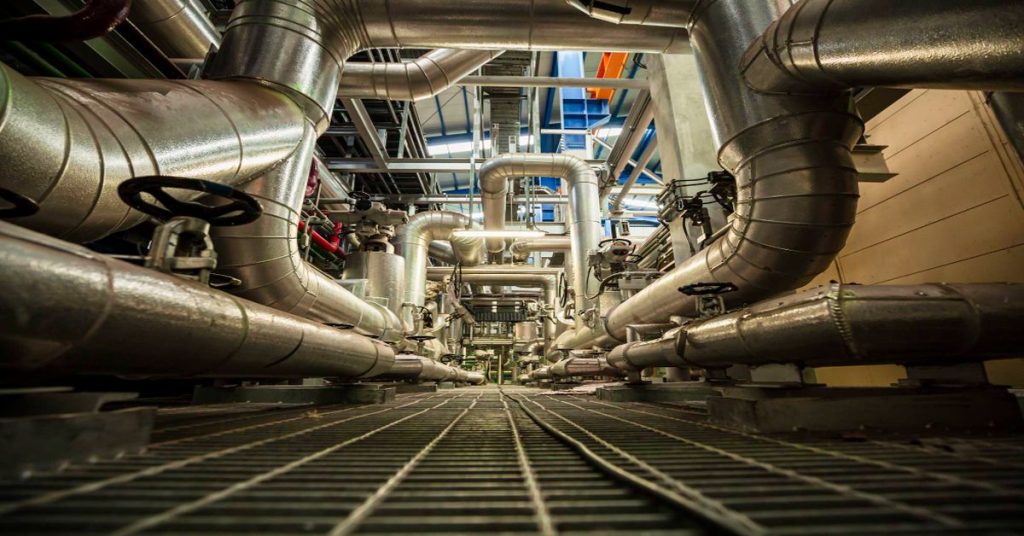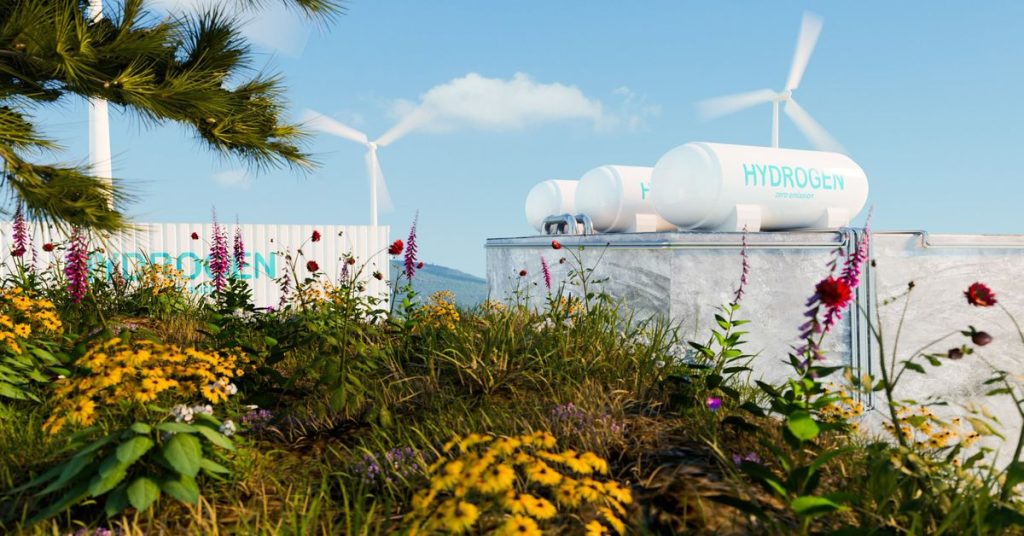Key Factors that affect the Lithiation of Silicon Nanoparticle-based Anodes in Lithium-Ion Batteries
Conventional lithium-ion batteries with graphite anodes are approaching their theoretical maximum in terms of energy density. To overcome this, replacing the standard graphite anodes with high-capacity silicon-based anodes is one of the most promising ways to greatly boost the energy density of lithium-ion batteries. However, the enormous volume expansion that silicon-based materials naturally undergo after …








